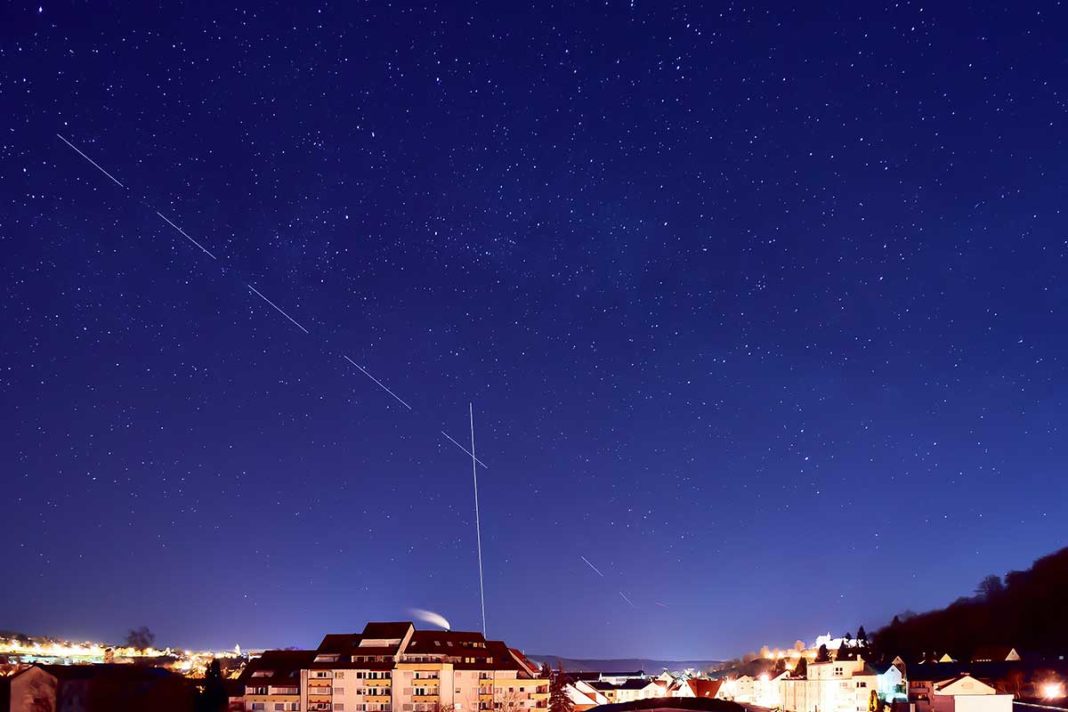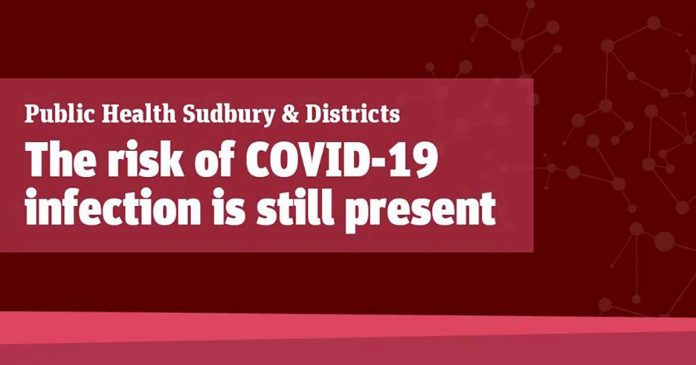First Island council to support
NORTHERN ONTARIO – Fast internet access, generally referred to as broadband, has been an elusive goal for much of North America, let alone remote, rural and Northern regions of Canada. But relief may soon be on the way. Starlink, the satellite internet startup of billionaire Elon Musk’s Space Exploration Technologies Corporation (SpaceX), has applied to the Canadian Radio and Telecommunications Commission (CRTC) for a licence to provide internet via a satellite network.
The Federation of Northern Ontario Municipalities (FONOM), an organization representing 110 municipalities in Northeastern Ontario, has put its shoulder to Starlink’s bid with a motion passed at a recent board meeting in Timmins calling on CRTC to move quickly to approve the Starlink application. FONOM has also reached out to its members to follow suit. So far the Northeast Town has obliged with a motion of support of its own.
CRTC has accepted the concept that Canadians need at least a download speed of 50 megabits per second (Mbps) and an upload speed of 10 Mbps in order to be able to adequately access the internet for commerce and recreation, setting a goal to reach that bar for most Canadians by 2021.
While those access speeds are far in excess of much of what is currently available even in many urban regions of the nation (and even that goal remains far out of reach despite millions of dollars invested by governments and business), most proponents agree that bar is now set far too low.
“We know today our citizens require greater connectivity than 50/10 megabits per second,” said FONOM president Danny Whalen during a recent conversation with The Expositor. Although Mr. Whalen said that his organization is encouraging a number of potential commercial options, “FONOM believes that the Starlink program is our best option.”
Mr. Whalen said that the Starlink proposal was brought to FONOM’s attention by one of its directors and brought about a lively discussion at the board. Since announcing their decision to support the Starlink bid, Mr. Whalen said the response has been “a little overwhelming”—all of it positive.
The pandemic has severely highlighted the shortcomings of internet access in Northern Ontario, noted Mr. Whalen. “With our school system moving online, our court systems and virtual medicine, the current system is reaching overload,” he noted. As a result, even where more robust internet access is supposedly available currently, it tends to fall far short of advertised.
“I bought 100 Mbps service, but what I get is not yet anywhere near it,” he said. “Outside of town there is no access at all.”
Even in larger urban centres to the south things are not rosy when it comes to internet service and reliability, he said. “In one organization I belong to we had an online meeting and the executive director is down in Toronto and he kept fading in and out.”
Mr. Whalen has not been limiting his efforts to Northern municipal leaders. “I have been speaking to MPs and MPPs across the country,” he said. “This isn’t just a Northern Ontario problem. We need the federal government to identify broadband as an essential service and put in place a minimum standard for internet access for all Canadians. In fact, 50/10 is the bare minimum and that is not going to be enough.”
“We talk about virtual medicine, if we could do diagnostics virtually it would be wonderful,” he said.
The Starlink bid is based upon a plan to set in place a constellation consisting of thousands of low orbit, mass produced satellites each weighing around 251 kg and designed with a flat stackable profile that would allow many to be launched from a single rocket.
The low orbit of the constellation, ranging about 500 kilometres below the normal range for commercial satellites, will help mitigate concerns over a proliferation of space junk—a significant issue as the US Federal Communications Commission (FCC) has already given consent for 12,000 satellites with another 35,000 on the dock for approval. SpaceX says once its satellites have surpassed their 20-year lifespan they can be steered into the atmosphere to burn up, or if their engines have failed, will slowly drift down on their own.
Critics suggest that the Starlink program will have latency issues that tend to plague most current satellite internet connections, but Starlink maintains that the design and low orbit of their constellation will mitigate many of that latency and that, as ground-based installations increase, any remaining issues would be resolved.
The Starlink constellation should be active in late 2020, with a global rollout anticipated for 2021.
Currently the comment intervention period for the Starlink application has passed, but a significant sampling of the comments on the CRTC site failed to find any opposition, with the comments being universally in support.





